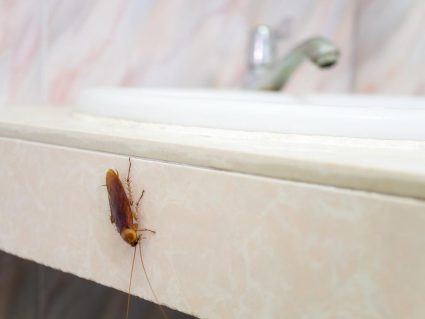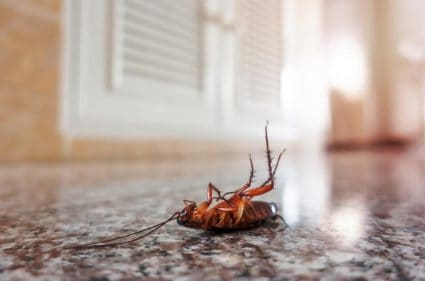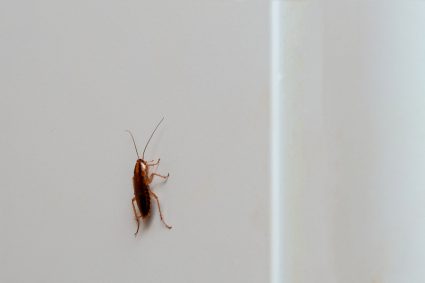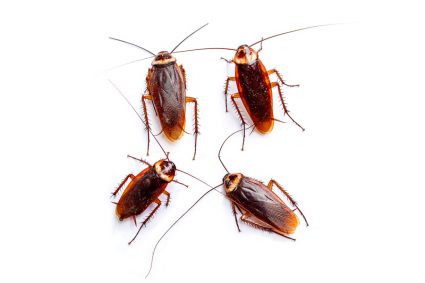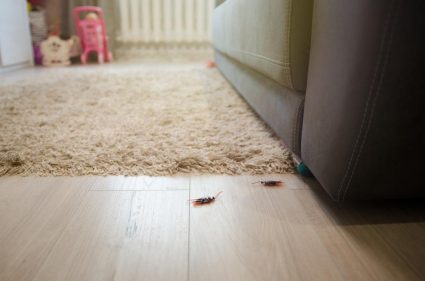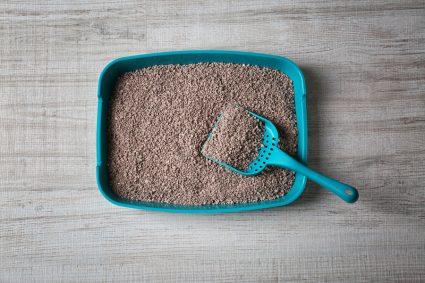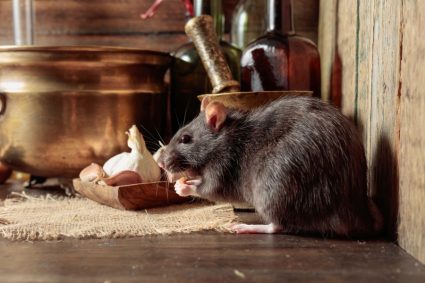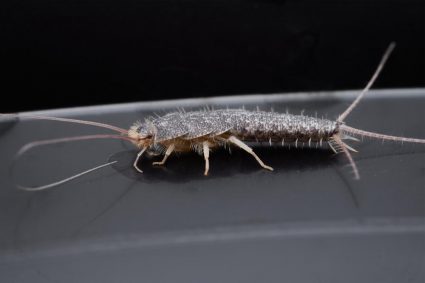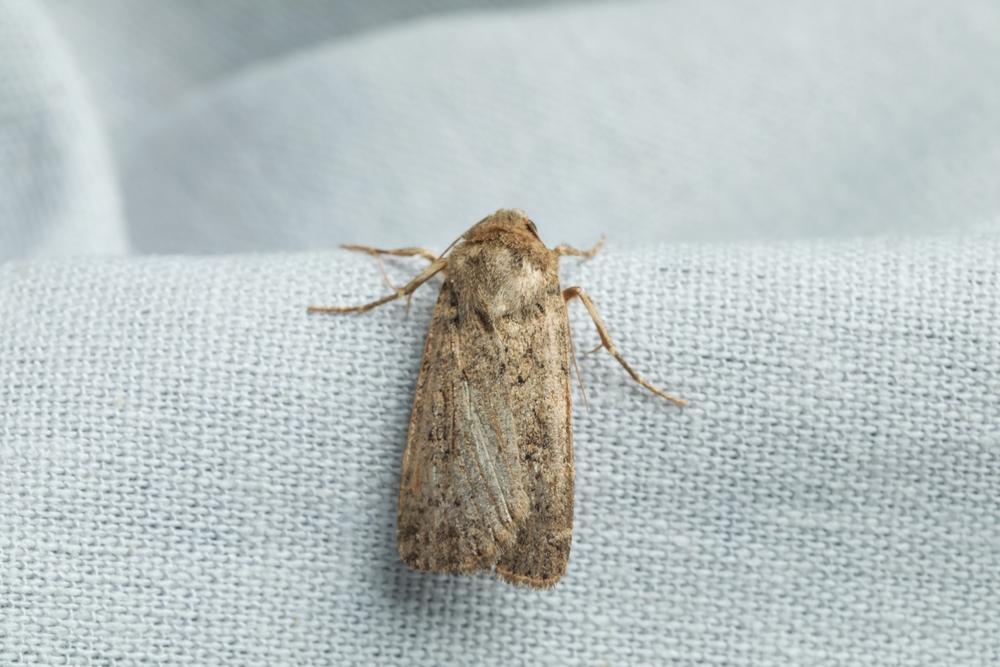
Moths, those fluttery, unassuming creatures, can cause a lot of damage to your home if left unchecked. From the innocent-looking clothes moth to the insidious pantry moth, these pests can wreak havoc on your clothes, food, and peace of mind. So, how do these winged intruders enter your home in the first place? And more importantly, how can you prevent them from getting in? Let’s dig in.
Moths can get into your house through open doors or windows, cracks in the structure, or torn screens. They can also be unintentionally brought inside via infested food products, plants, or fabric items. Some species are attracted to light and may enter your house if you leave your lights on. To prevent them, seal potential entry points, reduce outdoor lighting, inspect items before bringing them inside, and maintain a clean home.
How Moths Enter Your Home
Moths can find their way into your home through several means. They may slip in through open doors or windows, gaps or cracks in the structure, or even through torn screens. Moths can also be unintentionally brought inside via infested food products, plants, or fabric items. Some species of moths are attracted to light, so they might enter your house if you have your lights on.
Common Types of Moths Found in Homes
The most common types of moths found in homes are Clothes Moths and Pantry Moths. Some specific species include the Mediterranean Pantry Moth, Brown House Moth, Indian Meal Moth, Webbing Clothes Moth, and the Casemaking Clothes Moth.
Signs of a Moth Infestation
There are several signs to look out for if you suspect a moth infestation. Irregular holes in clothing and fabrics, excessive shedding of fur garments, moths flying or crawling in your home, silky tunnels or webbing, larval casings, discoloration and clumping in grains, and webbing residue can all be indicators of an infestation.
How to Get Rid of Moths
If you already have moths in your house, you can try using sticky traps with moth pheromones, vacuuming and cleaning regularly, freezing infested items, and using natural repellents like cedar or lavender. In severe cases, you may need to call a pest control service to help eliminate the infestation.
Preventative Measures
To prevent moths from entering your home, you can take several measures such as sealing cracks and crevices around doors, windows, and utility openings, installing properly fitted screens on windows and vents, reducing outdoor lighting, being vigilant about keeping doors and windows closed, inspecting food products, plants, and fabric items before bringing them into your home, and maintaining a clean and well-ventilated home.
Natural Ways to Repel Moths
Cedar, herbs such as rosemary, thyme, cloves, lavender, or bay leaves, peppermint oil, and vinegar are all effective natural moth repellents. These can be used in various forms such as in sachets, sprays, or just by wiping down surfaces.
In conclusion, while moths can cause damage and annoyance, with the right information and measures, you can keep your home moth-free. Regularly cleaning, proper storage, and the use of natural moth repellents are key to preventing and dealing with moth infestations. Remember, an ounce of prevention is worth a pound of cure.
Frequently Asked Questions
What are moth pheromones and how do they work in traps?
Moth pheromones are natural chemicals emitted by female moths to attract males. In moth traps, synthetic versions of these pheromones are used to lure male moths who are under the impression that a potential mate is nearby. Once the moths enter the trap, they get stuck on the sticky surface, hence reducing the moth population.
How long does it take for moths to cause damage to clothes or food?
The time it takes for moths to cause noticeable damage can vary depending on the size of the infestation and the moth species. However, if you have a significant number of moths, damage to clothes or food can be noticeable in as little as 1-2 weeks.
What should I do if I find moths in my pantry?
If you find moths in your pantry, it’s important to act quickly. First, remove all food items and inspect them for signs of moths or larvae. Dispose of any infested items in a sealed bag outside of your home. Next, vacuum and clean the pantry thoroughly, paying special attention to corners and crevices. After cleaning, you can use moth traps or natural repellents to prevent future infestations.
Can moths harm humans?
Moths are generally harmless to humans. They do not bite or sting. However, some people may experience an allergic reaction to moths. Also, the larvae of some moth species can cause damage to clothing, carpets, and stored food, which can indirectly affect humans.
How long can a moth live in a house?
The lifespan of a moth inside a house can vary greatly depending on the species and conditions. Some species of moths can live for several weeks to a few months in a house, while others may only live for a few days.


